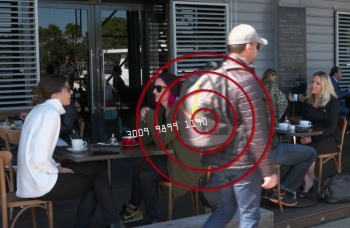Description: A card that protects credit cards
Main Pitch: "The tried and tested way to prevent electronic pick-pocketing"
Main Offer: $19.99 for one
Bonus: 2nd one (just pay P&H)
Marketer: Allstar
Watch the spot
Years ago (circa 2011), Telebrands had a hit with a product called Aluma Wallet. One feature of said wallet was RFID-blocking technology. Since then, DR marketers have believed preventing electronic pick-pocketing (which is what RFID-blocking was all about) is a viable pitch. I’ve always thought it was a secondary pitch at best. The evidence has been hard to read.
On the one hand, there have been four attempts to market a sleeve that protects credit cards from this 'scourge.' On the other hand, Telebrands rolled out with the fourth attempt, called Card Lock, which became a 2015 True Top Spender. Last year, Ontel also had a True Top Spender called Lock Wallet, another RFID-blocking wallet. In the case, the RFID-blocking pitch was more primary – but it was still a good, functional wallet.
So where does that leave us? If we’re trying to establish that electronic pick-pocketing prevention is a category, we can piece together the three examples we need to support that case. But it’s by no means a slam dunk. This one is quite tricky.
S7 Analysis: It all comes down to the needed question. My feeling is that all of the focus on RFID has been a grand attempt to create a need where none previously existed. By now, perhaps, enough people know about the electronic pick-pocketing issue for RFID products to make sense. But does that mean they perceive a real need? If so, why would this commercial have to work so hard to inform and frighten people? Etc.
